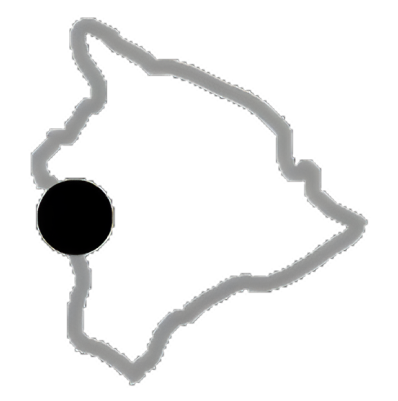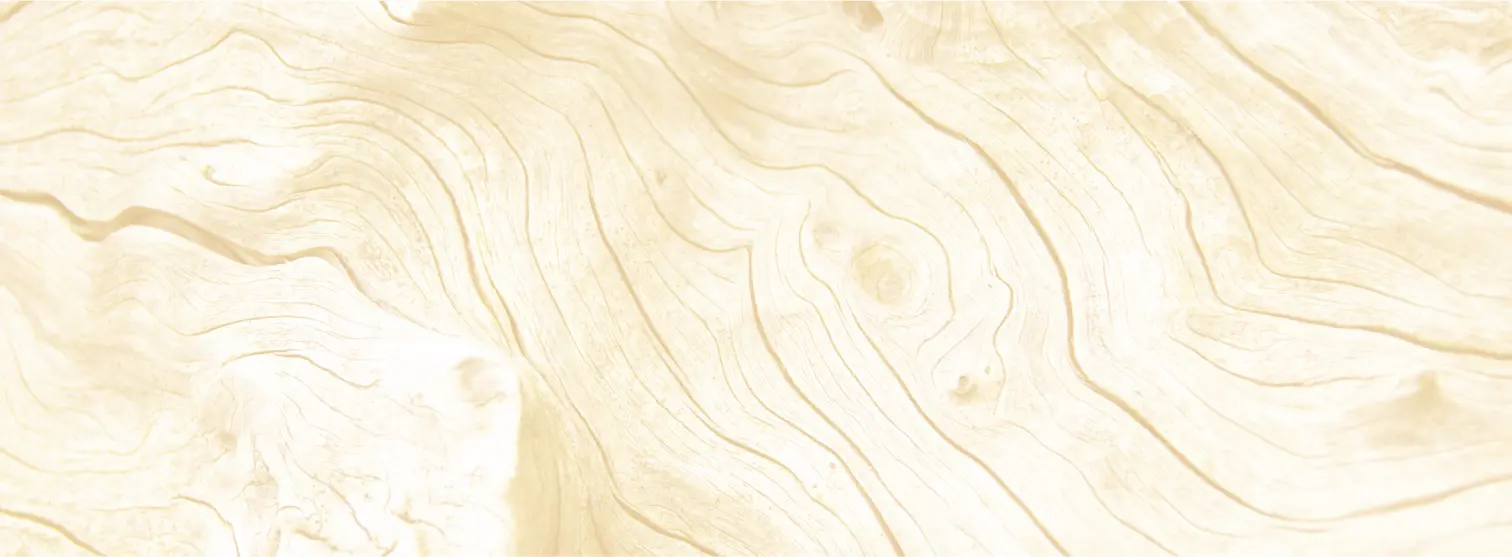By the time the first Polynesians arrived here, they found an island chain forested to the coast rich in species. Thousands of new species derived from the few colonizers that made it here. Mutations and adaptations allowed species to inhabit different niches than their ancestors. This is called adaptive radiation and is nowhere better developed than in the Hawaiian Islands.
Endangered Silversword
The Hawaiian tarweeds are considered one of the finest examples in the plant world of adaptive radiation. From a single genetic colonizer they adapted to inhabit numerous ecosystems on the islands. Shown are four different Hawaiian tarweeds; three species of Dubautia, and the Mauna Kea Silversword, a federally listed endangered species.
Using Advanced Analytics to Improve Your Betting Strategy with Betzella
Are you looking to take your betting strategy to the next level? In the world of sports betting, leveraging advanced analytics can be the game-changer you need to gain a competitive edge. Today, we delve into the realm of using cutting-edge analytics with Betzella to enhance your betting decisions and maximize your chances of success.
From predictive modeling to data-driven insights, Betzella offers a powerful platform that can revolutionize how you approach betting. In this article, we explore the key benefits of incorporating advanced analytics into your strategy, discuss how Betzella’s innovative tools can help you make more informed choices, and provide tips on optimizing your betting approach for optimal results. Get ready to elevate your game and unlock the potential of data-driven betting with Betzella!
Leveraging Data Insights for Informed Betting Decisions
Utilizing advanced analytics can significantly enhance your betting strategy when using Betzella, a cutting-edge sports betting platform. By leveraging sophisticated data analysis techniques, you can gain valuable insights into various factors that influence the outcomes of sports events. With Betzella’s advanced analytics tools, you can access detailed statistics, trends, and performance indicators to make informed betting decisions.
One key benefit of using advanced analytics with Betzella is the ability to identify hidden patterns and correlations in sports data that may not be apparent at first glance. By analyzing historical data and applying predictive modeling techniques, you can make more accurate predictions and improve your overall betting success rate. This data-driven approach allows you to make strategic bets based on data-driven insights rather than relying solely on intuition or luck.
Furthermore, by incorporating advanced analytics into your betting strategy with Betzella, you can optimize your risk management and maximize your potential returns. By understanding the probabilities and factors that impact sports outcomes, you can make more calculated decisions when placing bets. This analytical approach can help you minimize losses and capitalize on opportunities, ultimately leading to a more successful and profitable betting experience with Betzella.
Maximizing Profit Potential Through Predictive Modeling
Enhance your betting game with Betzella’s cutting-edge analytics tools that provide valuable insights and data-driven strategies. By leveraging advanced analytics, Betzella helps you make informed decisions to boost your chances of success in the world of online betting. With access to real-time data and predictive analytics, you can stay ahead of the game and maximize your profits on the best betting sites.
From analyzing historical data to identifying trends and patterns, Betzella empowers you to refine your betting strategy for optimal results. By incorporating statistical models and machine learning algorithms, Betzella offers a competitive edge in the dynamic landscape of online betting. Take your betting experience to the next level and achieve greater success by harnessing the power of advanced analytics with Betzella on the best betting sites.
Enhancing Risk Management with Betzella’s Advanced Analytics
Utilizing advanced analytics can significantly enhance your betting strategy with Betzella. By leveraging cutting-edge data analysis tools, you can gain valuable insights into historical trends, player performance, and other key factors that influence sports outcomes. This data-driven approach allows you to make more informed decisions when placing bets, increasing your chances of success.
With Betzella’s advanced analytics features, you can access real-time statistics and predictive modeling to guide your betting choices. By studying detailed metrics and performance indicators, you can identify patterns and opportunities that may not be apparent through traditional forms of analysis. This sophisticated approach empowers you to refine your strategy, mitigate risks, and optimize your betting portfolio for maximum profitability.
Furthermore, incorporating advanced analytics into your betting strategy with Betzella can help you stay ahead of the competition. By staying up-to-date with the latest trends and data-driven insights, you can adapt quickly to changing circumstances and make strategic decisions that give you a competitive edge. With Betzella’s powerful analytics tools at your disposal, you can elevate your betting game and increase your chances of achieving long-term success in the dynamic world of sports betting.
Fine-Tuning Your Betting Approach with Statistical Analysis
Utilizing advanced analytics can significantly enhance your betting strategy when using Betzella. By analyzing historical data, trends, and patterns, you can make more informed decisions when placing bets. Betzella’s advanced analytics tool provides valuable insights into various sports events, helping you identify potential opportunities and mitigate risks.
With Betzella’s advanced analytics, you can access detailed statistics and performance metrics that go beyond basic information. This deeper level of analysis allows you to spot hidden correlations and factors that may impact the outcome of a game or match. By leveraging these insights, you can fine-tune your betting strategy and increase your chances of making profitable bets.
Moreover, Betzella’s advanced analytics tool enables you to track your betting performance over time. By monitoring your wins and losses, you can identify areas for improvement and adjust your strategy accordingly. This data-driven approach can help you become a more strategic and successful bettor, ultimately leading to better outcomes and increased profitability.
Gaining a Competitive Edge in the Betting Market with Data-driven Strategies
Utilizing advanced analytics can significantly enhance your betting strategy when using Betzella. By leveraging cutting-edge data analysis tools, you can gain valuable insights into various aspects of sports betting such as team performance, player statistics, and historical trends. With Betzella’s advanced analytics features, you can make more informed decisions when placing bets, increasing your chances of success.
Through Betzella’s sophisticated analytics capabilities, you can identify patterns and trends that may not be immediately apparent, allowing you to make strategic bets with a higher probability of winning. By incorporating data-driven insights into your betting strategy, you can stay ahead of the competition and maximize your profits. Betzella’s advanced analytics empowers you to make smarter bets based on data and statistics, giving you a competitive edge in the world of sports betting.
By harnessing the power of advanced analytics with Betzella, bettors can elevate their betting strategy to new heights. With access to real-time data, predictive modeling, and customized insights, users can make more informed decisions and increase their chances of success. Whether you’re a seasoned bettor looking to fine-tune your approach or a newcomer eager to learn the ropes, Betzella provides a cutting-edge solution to optimize your betting experience. Embrace the future of sports betting with Betzella and unlock the potential to maximize your winnings while enjoying the thrill of the game like never before.
Picture-winged Drosophila
The Hawaiian Drosophila are a family of pomace flies that are believed to be derived from one colonization. Entomologists estimate that there are a thousand species of Drosophila in Hawaii. They have been called “the world’s supreme example of evolutionary process.” At right is a flightless fly and a Picture-wing Drosophila in the grasp of a carnivorous caterpillar.
A Fly that can’t fly? Carnivorous Caterpillars? Another recurring characteristic of Hawaiian evolution is dramatic changes or adaptive shifts. Flight is a tool for escape. If nothing is chasing you, there’s no need to fly. With the lack of predators in Hawaii, many species of flying insects and birds evolved to become flightless. In Hawaii many ecological niches were vacant. Nature abhors a vacuum. Everywhere else in the world caterpillars eat plants. Filling a niche, a group of moths have made an evolutionary adaptive shift and have become “wait and capture” type predators of small insects, like mantids.
One of the most astounding examples of adaptive shifts in Hawaii occurs underground. Despite its young geologic age, over fifty species of cave-adapted creatures, or, troglobytes, evolved here. With no light to see or sun to hide from, troglobytes evolve to lose their sight. Often the eyes disappear completely. Without the sun they also lose their pigmentation. At right is a Hawaiian blind cave cricket, first discovered in the early 1970’s. It has lost both its vision and it’s pigmentation. One of our favorite evolutionary wonders is a tiny eight-legged creature. The Happy-Face Spider has colorful markings on its abdomen that bears an uncanny resemblance to a smiling human face. It’s found on the underside of specific plants in some Hawaiian rainforests. It is one of the few spiders known to take care of its young.
Before humans arrived in Hawaii there were no large animals to eat plants. Mother Nature is very efficient. Defenses weren’t needed and over time were lost. For example, over one hundred different mints evolved here. The chemical that gives mints their mintiness is a defense—animals don’t like it. All of the Hawaiian mints lost the chemical they’re Mint-less mints. Along with mint-less mints, we have briar-less greenbriars, nettle-less nettles, sumac-less sumac, thorn-less raspberries, and spine-less hollys.
Hawaii also has the best example of adaptive radiation in the bird world. The Hawaiian Honeycreepers, Drepanidinae, evolved from one finch like bird into an astonishing array of species. The original colonizer was probably a seedeater. Over millennia the birds adapted and coevolved with plants for food sources. Of particular interest are the nectar feeders, such as Iiwi or the extinct Akialoa, whose bills fit perfectly into long tubular flowers. Along with the nectar gatherers, the honeycreepers evolved into specialized feeders such as crossbills, creepers, warblers, a parrotbill, grosbeaks, and one bird, the Akiapolaau, whose beak is both a woodpecker and a pry bar.
The painting to the right by Douglas Pratt shows representative beaks of the endemic Hawaiian Honeycreepers. Unfortunately these endemic Drepanids are also one of the most endangered families of birds on earth. Over a third of the original species are now extinct while another third are endangered.
CREDITS – Jack Jeffrey: Lava Dubautia, Alpine Dubautia, Endangered Silversword, Rainforest Dubautia; Bill Mull: Picture-winged Drosophila, Carnivorous Caterpillar, Cave Cricket, Happy Face Spider, Mint-less Mint, Briar-less Greenbriar; Douglas Pratt: Hawaiian Honeycreepers painting

